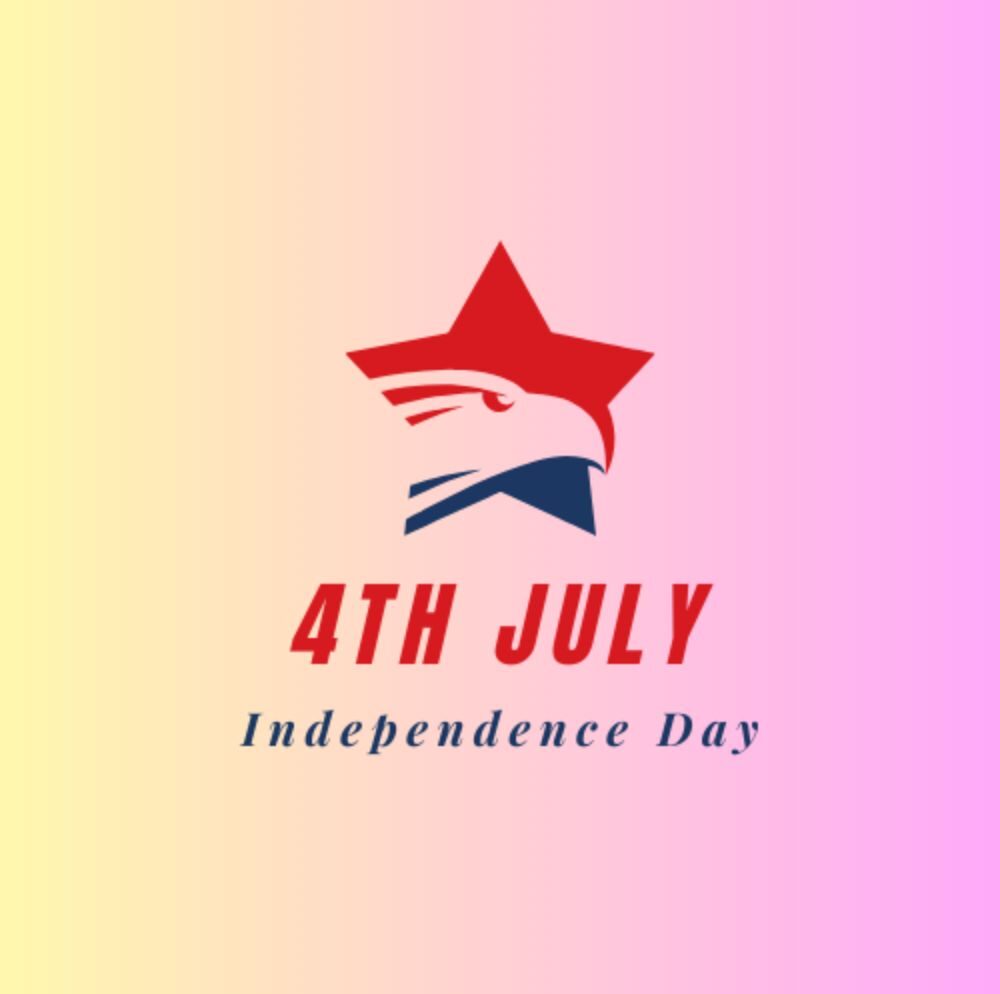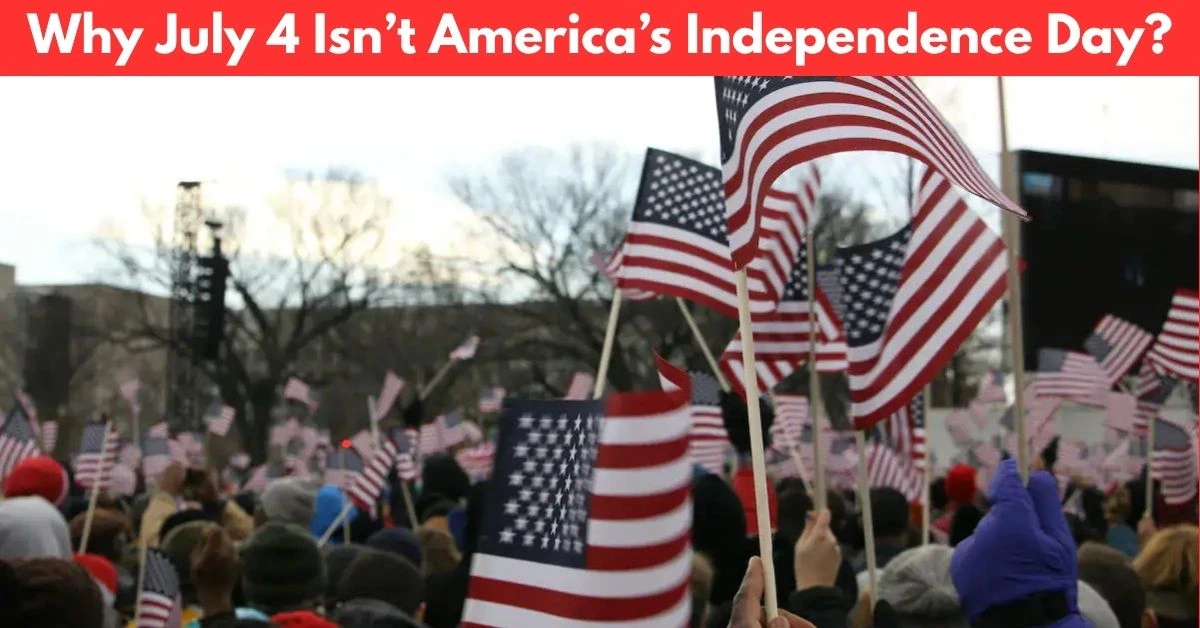Discover the surprising reason why July 4 is celebrated as Independence Day, even though the vote for freedom happened two days earlier.
On the surface, Independence Day in America is synonymous with fireworks, backyard barbecues, and red-white-and-blue fanfare. But dig deeper, and you might discover it’s a phrase carrying dual weight — not just a pivotal date in the story of American freedom, but also the linchpin of one of cinema’s most audacious sci-fi spectacles. Both the historical and fictional “Independence Day” center on rebellion, resilience, and the fight against overwhelming odds — one against monarchy, the other? Extraterrestrial doom.
Let’s crack open both chapters of this uniquely American mythology.
The Real Story: July 4th — The Birth of the Nation
Ask any American what’s being celebrated on the Fourth of July and most will say it’s the day America declared its independence from Britain in 1776. That much is true — but with some footnotes.
What Actually Happened?
- July 2, 1776: The Continental Congress voted for independence. To John Adams, this was the true Independence Day.
- July 4, 1776: The Declaration of Independence was adopted.
- August 2, 1776: Most of the signers actually put pen to parchment.
In a prescient letter to his wife Abigail, John Adams predicted that future generations would celebrate America’s break from Britain with “pomp and parade…bonfires and illuminations.” What he didn’t foresee was they’d do it all two days after the vote happened, sparking a lifelong July 2nd grudge.
Traditions That Stuck
- Liberty Bell rang out in Philadelphia on the first celebration.
- Mock funerals for King George III were held to mark the symbolic death of monarchy’s grip on America.
- Fireworks — 16,000 displays now light up the sky every year.
- Hot dogs? Nearly 150 million are eaten on the 4th — enough to stretch from D.C. to L.A. more than five times.
- Beer? It’s the #1 holiday for sales.
Fascinating Footnotes
| Fun Fact | Detail |
|---|---|
| 🇺🇸 Presidents Who Died on July 4 | Thomas Jefferson & John Adams (1826), James Monroe (1831) |
| 🎉 President Born on July 4 | Calvin Coolidge (1872) |
| ✨ Fireworks Show Budget | Macy’s NYC show alone costs ~$6 million |
| 🌭 Hot Dog Eating Record | Joey Chestnut ate 74 in 10 minutes (2018) |
| 🗽 Tallest Tribute | NYC’s One World Trade Center is 1,776 feet tall |
The Sci-Fi Spin: “Independence Day” — A Fight for Humanity
Fast forward to 1996, and Independence Day took on a new meaning — thanks to Roland Emmerich and a then-skyrocketing Will Smith. The film “Independence Day” depicts Earth’s battle against a hostile alien force known as the Harvesters, with the final stand against annihilation taking place poetically on July 4th.
The Plot in a Flash
Alien ships destroy 100+ cities. Earth unites. Humans uncover a weakness in the alien tech. A counterattack is launched on the Fourth of July. Humanity prevails—barely.
Themes That Mirror History
- Unity through struggle: Just as 13 colonies banded together to secede from a monarch, the world in the film bands together to survive an alien tyranny.
- Underdog triumph: Revolutionary militias vs British redcoats, or jet pilots vs shielded alien dreadnoughts — the odds are stacked in both scenarios.
- Charismatic leadership: In reality, Washington led revolutionaries; in fiction, President Whitmore delivered a rousing speech now etched into pop culture legend.
Fictional Fallout
- The death toll is estimated at 3 billion in the film’s extended lore.
- Guerrilla warfare in the Congo reportedly continued for 10 years against trapped alien ships.
- Surprisingly, most governments & militaries survived, leading to rapid rebuilding in the (less-loved) sequel Independence Day: Resurgence.
- The film even imagined once-hostile nations like Israel and Iraq working side-by-side, reinforcing the theme of global unity in crisis.
Contrast and Commentary
| Theme | Historical Independence Day (1776) | Independence Day (Film, 1996) |
|---|---|---|
| Adversary | British Empire | Extraterrestrial Invaders |
| Date of Rebellion | July 2–4, 1776 | July 4 (fictional counterattack) |
| Symbol of Resistance | Declaration of Independence | Earth’s global rebellion |
| Outcome | Birth of a nation | Survival of a species |
| Symbolism | Liberty, governance, freedom | Unity, resilience, defiance |
| Celebrated With | Parades, fireworks, cookouts | Fireballs, dogfights, 90s one-liners |
The Meaning of Freedom — Two Ways to Celebrate
“Independence Day” isn’t just a holiday; it’s a narrative lens—with one side reflecting historic liberation and the other reflecting humanity’s will to survive against impossible odds.
While the real Fourth of July commemorates a leap toward governance by the people, the fictional one speaks to our capacity for resistance, cooperation, and fighting for a cause much bigger than borders — the very essence of global solidarity. And in an era marked by rising divisions, the fictional version’s lesson might be equally essential.
So whether you’re watching the sky fill with fireworks or alien motherships this July 4th, you’re participating in a story about resistance, revolution, and renewal.
Because in the end, ‘freedom’ means something worth fighting for — no matter which galaxy you’re from.
Read More: UFC Fight Night at the White House: Dana White Plots July 4th 2026 Spectacle

